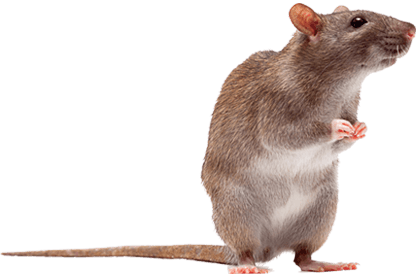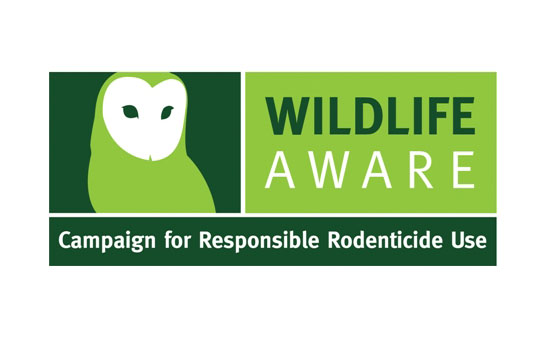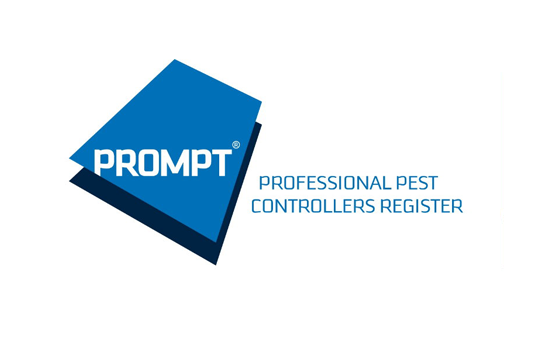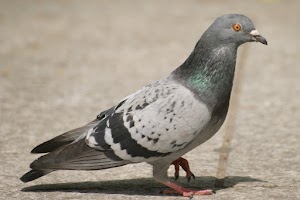Fruit Fly
How to tell if I have fruit flies 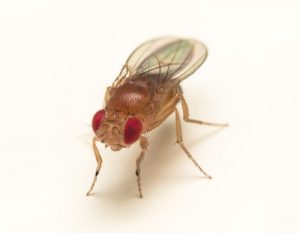
- Fruit flies are commonly found infesting fruit or hovering around fermenting residues found in pubs, fruit orchards & vegetables plots and breweries.
- Tend to hover.
- Adults are about 1/8 inch long and usually have red eyes. The front portion of the body is tan and the rear portion is black.
Upon identifying an infestation, DO NOT tidy up any evidence just Contact Us and we will help/advise with the next step in preparing an eradication program.
The program will consist of:-
- We would start with a thorough inspection of all known and suspected spots where they might be hiding.
- Customer to try get a sample for us to identify.
- We only carry out a treatment when a confirmed infestation is present as this is the correct thing to do for many reasons, but the main one is cost savings. There is no point in paying to try and kill something that is not even present.
- Identifying the insect species causing the problem.
- We will ask you to start by removing all infested products, cleaning and vacuuming all areas to pick up any loose debris/insects
- Education explaining the life cycle and how their habits, habitat, and behavior affects the control plan.
- Treating affected areas by using safe effective control products.
- Scheduling a follow-up visit if required.
Prevention
To stop the fruit fly breeding cycle and reduce odors, thoroughly clean up any fermenting items and organic matter.
- Where fruits or vegetables are stored outside of refrigerators or coolers.
- Recycling bins, emptied or cleaned.
- Underneath and behind large appliances.
- The film of debris that naturally accumulates in pipes, traps, sinks, and drains.
- Fermented dishwater from sinks, drain water from refrigerators or iceboxes.
- Where the legs or feet of appliances, tables or cabinets touch the floor to locate any tiny amounts of organic debris that can harbor thousands of fly larvae.
- Beneath counters and unseen boxes of stacked materials on a bottom shelf to locate rotting fruits and vegetables.
- Empty tomato, fruit and vegetable bottles stored.
- Empty bottles or cans, wine, cider, and beer. Larvae feed on yeast of fermenting liquids
- All small cracks and crevices at floor level.
- Dirty dried mops or brooms.
- Cracks and voids behind bars.
- Any leaking pipe or standing water.
- Outdoors, nearby bins and drains or in damp compost piles where fruits and vegetables are discarded.
TESTIMONIALS
Please see some recent feedback.
Book Your Free Pest Evaluation Today
Book your free, no obligation site inspection today and one of our technicians will contact you to arrange a visit to your property at a time and date that suits you. Same day service available at no additional cost. Please complete and submit the form below or call us on 0800 002 9062 and one of our agents will assist you further.
Call us today for a free, no obligation quotation on 0800 002 9062
or email us to: info@avantipestsolutions.co.uk
